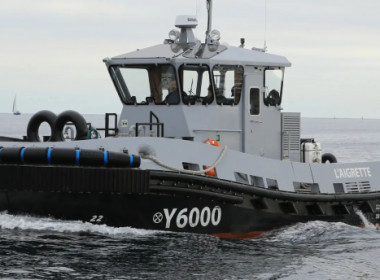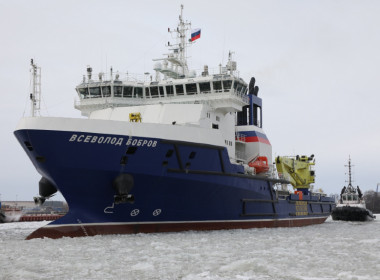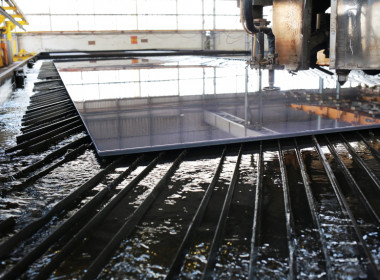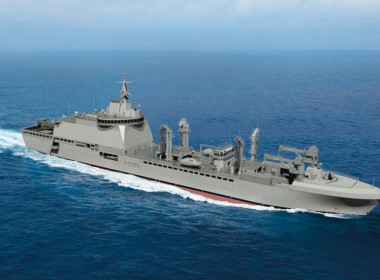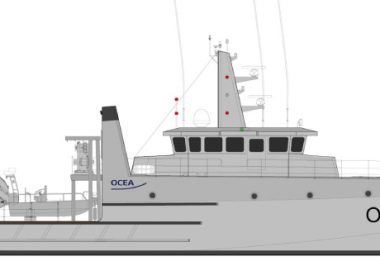VESSEL REVIEW | Jacques Chevallier – Large-capacity fleet support ship for French Navy

French shipyard Chantiers de l’Atlantique has handed over the lead vessel of a new logistic support ship class ordered by the French Navy.
Named after a renowned naval engineer and nuclear propulsion specialist, the future Jacques Chevallier is the first in a class of four naval auxiliary vessels designated as Force Supply Ships (Batiments Ravitailleurs de Forces; BRF). These vessels will be used primarily for the transport of marine and aviation fuel, fresh water, ammunition, food, and spare parts in support of deployed naval task forces, particularly the French Navy’s sole aircraft carrier strike group. The BRF’s peacetime missions will include humanitarian assistance and disaster response through the provision of a modular onboard hospital, electrical power generation equipment, and equipment for supplying potable water.
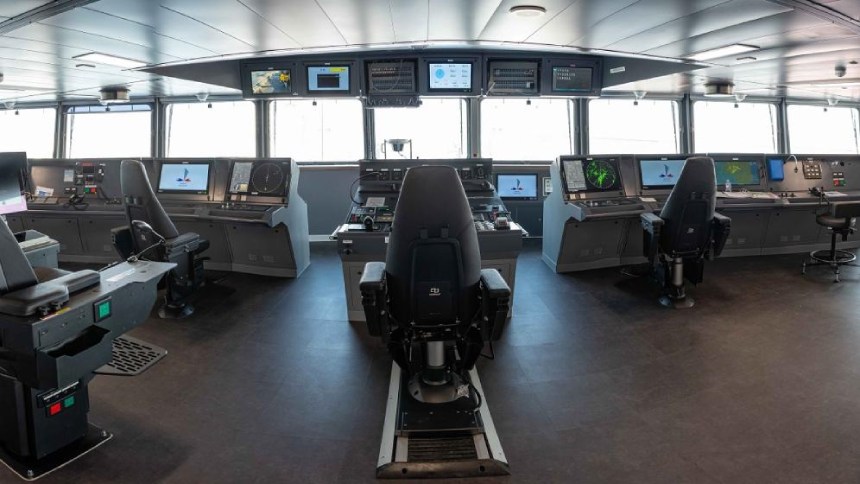
The design and construction of the four BRF ships was done with the cooperation of defence contractor the Naval Group under the supervision of the international joint armament cooperation organisation OCCAR. Chantiers de l’Atlantique is responsible for the overall design and construction of the four vessels and is responsible for the integration and assembly of the onboard systems. The Naval Group is responsible for designing, developing, and integrating the combat system as well as systems related to the handling of aircraft and the embarkation of ammunition stores.
The BRF has an LOA of 194 metres, a beam of 27.6 metres, a draught of nine metres, a displacement of 31,000 tonnes at full load, capacity for 13,000 cubic metres of fuel cargo, and accommodations for 130 crewmembers and up to 60 additional personnel. The diesel-electric propulsion system has a total installed power of 24 MW and can deliver a maximum speed of 20 knots and a range of 7,000 nautical miles – equivalent to a maximum endurance of 30 days – at a cruising speed of 16 knots. On electric motors alone, the ship can sail at 10 knots.
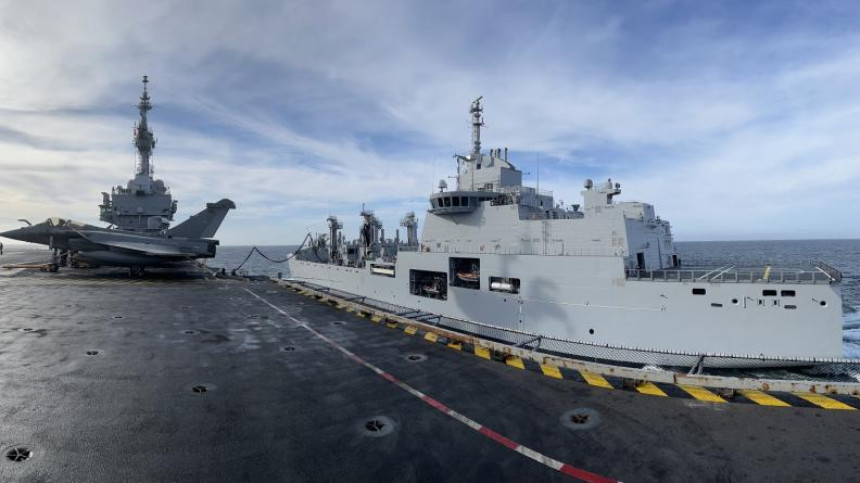
As with some of the newer large supply ships of many countries’ navies, the BRF is also able to refuel other vessels even while underway. This key capability was demonstrated in a series of trials carried out in late March 2023.
As an auxiliary ship, the BRF is limited to carrying only defensive armament in the form of Mistral surface-to-air missiles and Thales/Nexter 40mm autocannon.
Jacques Chevallier is scheduled to be commissioned into French service in the middle of this year. The three remaining BRFs will be delivered by 2029, by which time all four ships in the class will completely replace the French Navy’s last two active 1970s-designed Durance-class replenishment oilers.
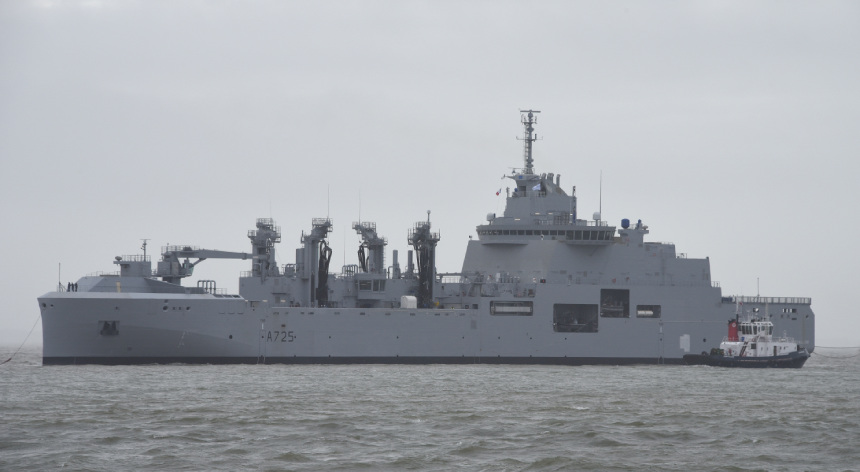
| Jacques Chevallier | |
| SPECIFICATIONS | |
| Type of vessel: | Force supply ship |
| Flag: | France |
| Owner: | French Navy |
| Builder: | Chantiers de l’Atlantique, France |
| Length overall: | 194 metres |
| Beam: | 27.6 metres |
| Draught: | 9.0 metres |
| Displacement: | 31,000 tonnes |
| Capacity: | 13,000 cubic metres |
| Main engines: | 24 MW |
| Maximum speed: | 20 knots |
| Cruising speed: | 16 knots |
| Range: | 7,000 nautical miles |
| Other electronics: | Naval Group combat system |
| Armaments: | Mistral surface-to-air missiles; Thales/Nexter 40mm autocannon |
| Type of fuel: | Diesel |
| Crew: | 130 |
| Passengers: | 60 |



